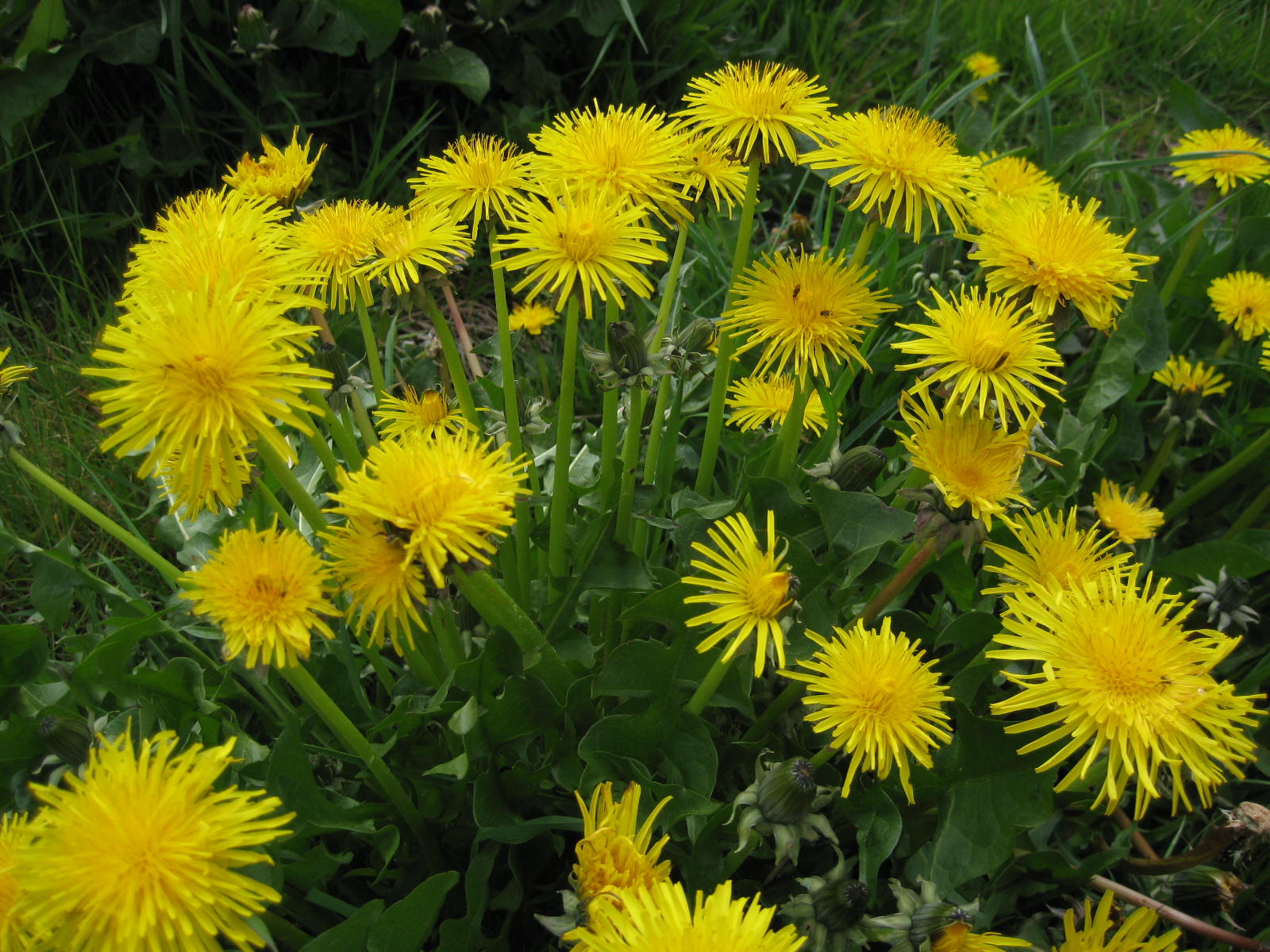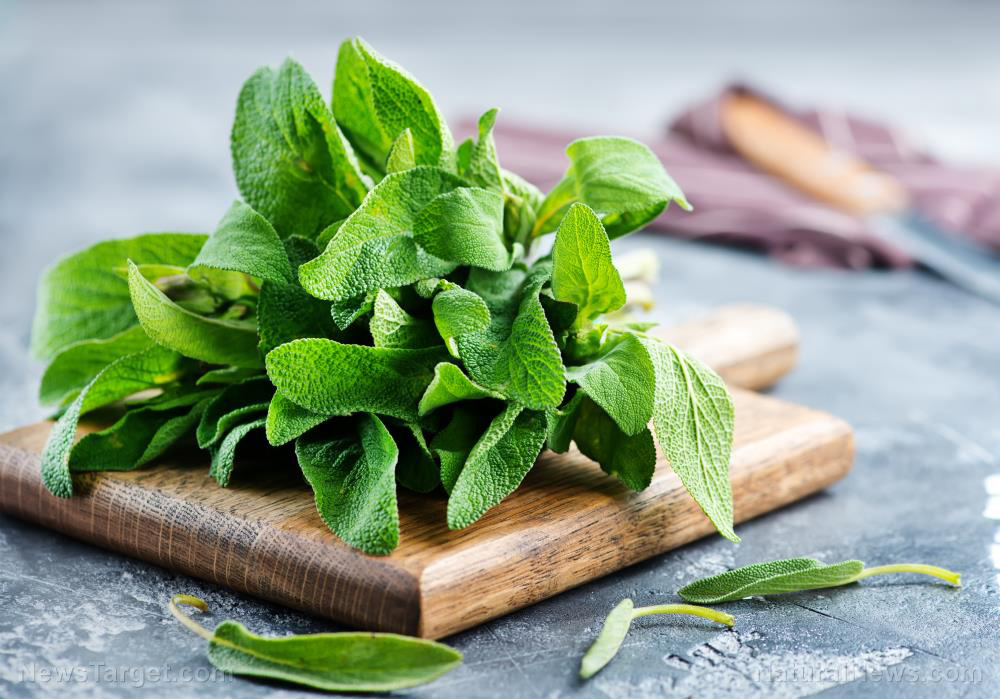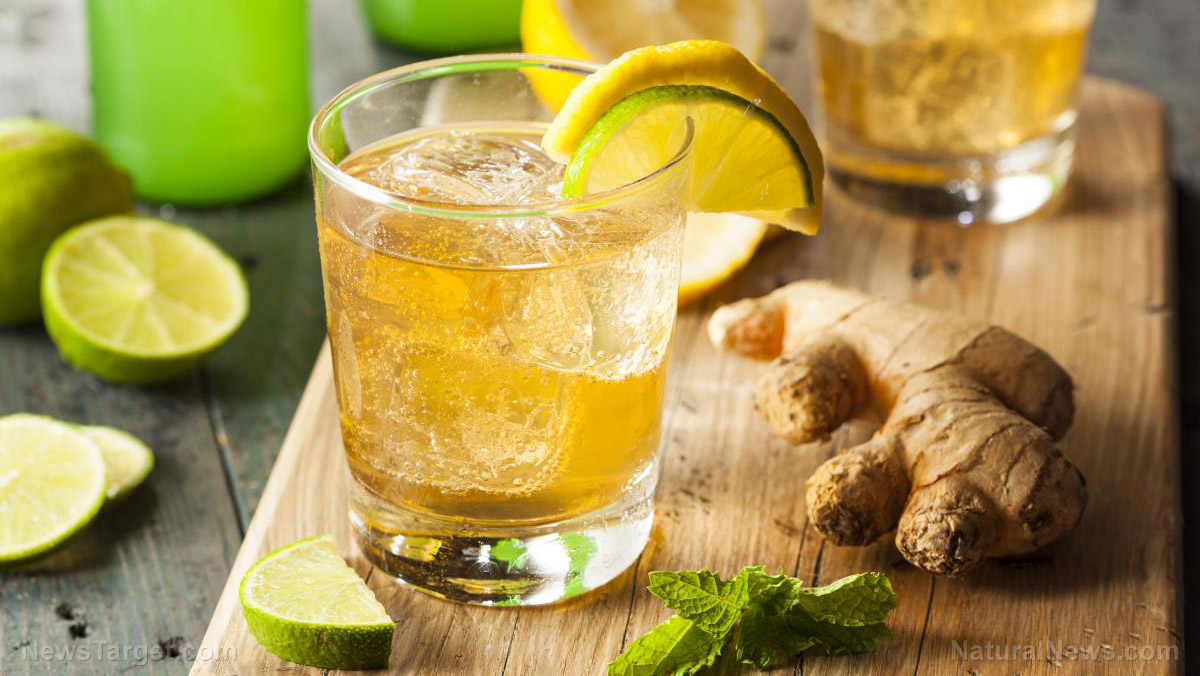
Advertisement
You may see weeds as an “annoyance” – useless plants that need to be removed from your backyard or garden whenever they sprout. But did you know that weeds can actually be healthy for you when consumed?
Weeds can often contain far more antioxidants, phytochemicals and hard-to-find nutrients when you compare them to some of the vegetables found in farmer markets and grocery stores. In addition, their hardiness and ability to grow almost anywhere – some of the same properties that make conventional gardeners hate them – mean that they’re abundant, easy to find, even in the middle of a busy city.
If you’re curious about the health benefits of weeds, here are five healthy weeds that you can find right in your own backyard.
1. Dandelion
From its flower all the way to its roots, dandelions are highly nutritious plants, dandelions are loaded with vitamins, minerals and fiber. Dandelion greens, in particular, are excellent sources of vitamins A, C and K. It can also provide vitamin E, folate (vitamin B9) and small amounts of other B vitamins. In addition, dandelion greens can also provide a substantial amount of several minerals, including calcium, iron, magnesium and potassium.
Meanwhile, dandelion root is rich in inulin, which is a type of soluble fiber found in plants. Inulin supports the grown and maintenance of healthy bacterial flora in your gut.
Dandelion root is often dried and steeped into a tea but can also be eaten whole. Dandelion greens, on the other hand, can be blended as part of a smoothie. They can also be added to soups, or sautéd with olive oil, salt, garlic and red hot peppers.
2. Purslane
You may be familiar with purslane if you’ve ever lived in the city. Common purslane (Portulaca olearacea) can be typically found growing in cracks in sidewalks and streets.
For a plant that dwells in cracks, purslane is surprisingly healthy for you. It tops the list of plants with omega-3 fatty acids, the type of healthy fat often found in fish such as salmon. The many health benefits of Omega-3 fatty acids include helping uplift your mood, fight inflammation, keep your brain sharp as well as reduce risk factors for heart disease, among others.
3. Lamb’s-quarters
Lamb’s-quarters may look like common spinach, but these herbs are both tastier and easier to grow. Also known as goosefoot, lamb’s quarters tend to need more than a sidewalk crack to grow. That said, they can still be found throughout the urban landscape, wherever there’s a little dirt.
Lamb’s-quarters are ridiculously rich in nutrients. Just a one-cup serving of this herb will provide you with 10 times the recommended daily value (DV) of vitamin K and three times the DV of vitamin A. It’s also rich in vitamin C, calcium and magnesium.
4. Plantain
This is yet another hardy weed that’s ubiquitous in the city. While it may share its name with the banana-like plantain fruit from the Caribbean, weed plantain (Plantago major) was actually cultivated in Europe long before Columbus set sail for the Americas.
Plantain’s nutritional profile is similar to that of dandelions. It’s loaded with iron and other important vitamins and minerals.
5. Stinging nettles
While they’re more known for the painful rash they can inflict should you get stung by their needles, stinging nettles are actually good for you. Stinging nettles are loaded with essential minerals you don’t often find together outside of a multivitamin bottle. These include iodine, magnesium, potassium, phosphorous, silica and sulfur. On top of that, they also have more protein than most other plants.
Stinging nettles are best prepared either steamed or boiled. Doing so causes the needles to fall off allowing you to easily get at the nutritious leaves. The needles will also fall off when dried, after which you can use the dried leaves to make a tea.
Just because a plant isn’t part of the usual set of vegetables you use for cooking doesn’t mean it isn’t healthy to eat. Many weeds are actually healthful herbs that are chockfull of nutrients. As such, you might want to think twice the next time you go to pull out weeds from your garden. When wild-harvesting in the city, be cautious of pesticides and pollution on the plants.
Sources:
Advertisements







